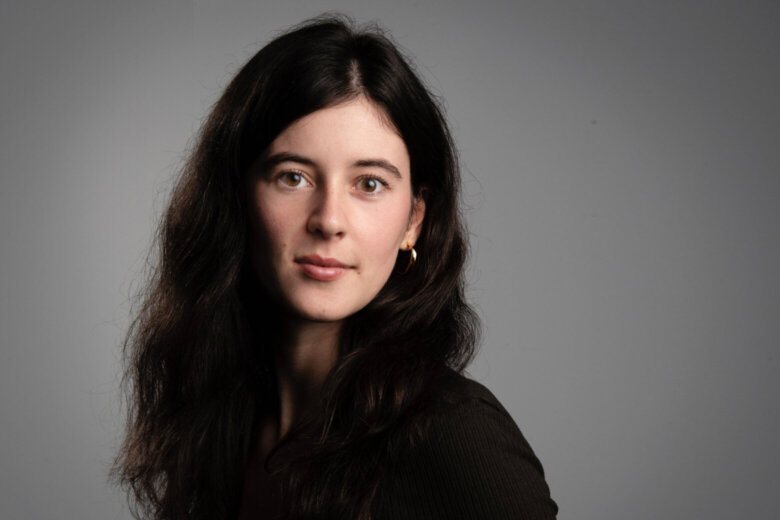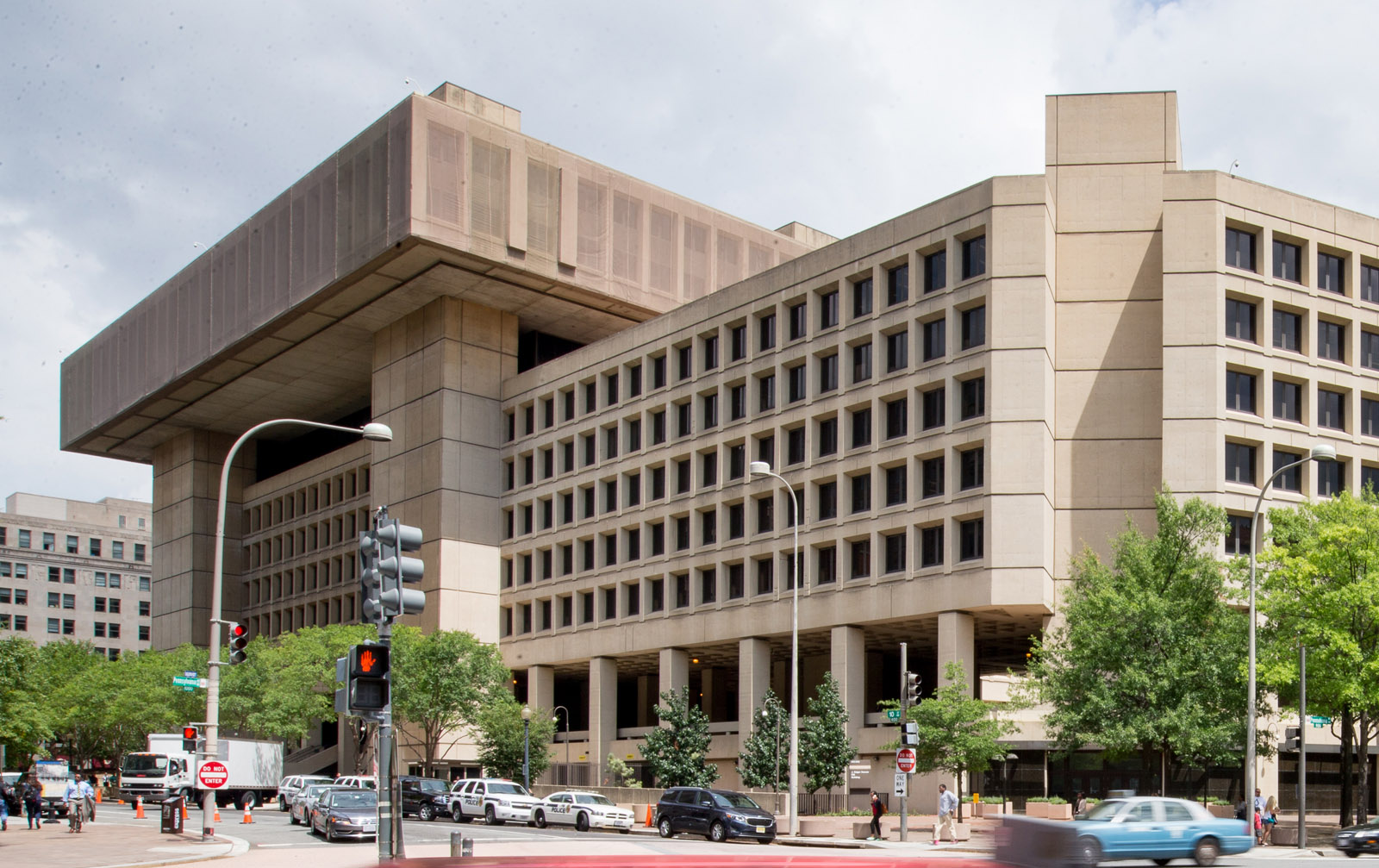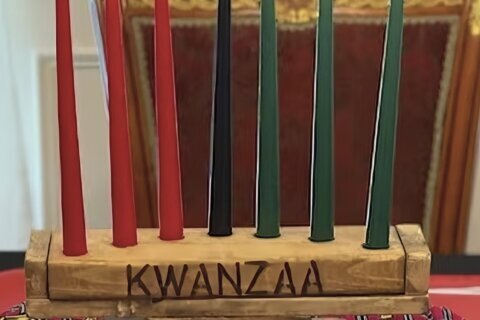It was a stunning report from The Washington Post this summer: a collection of more than 250 human brains acquired by a Smithsonian museum back in the early 1900s.

Most of them were taken from people of color without familial consent. Dozens of brains were taken from Black residents from the D.C. region.
The museum still has the collection in its archives.
Now, the Post is out with a follow-up report on who was targeted and how Smithsonian employees got resistance when they wanted to right a wrong.
The Washington Post’s Claire Healy joined WTOP’s Shawn Anderson and John Domen on Friday with details. Read the conversation below:
John Domen: You start this latest installation of this series with an anecdote about the woman who handled remains at the Smithsonian who also got pushback when she told higher-ups that something had to be done. Pick up the story from there.
Claire Healy: The woman mentioned in that article is Karen Mudar. She worked in the repatriation office in the 90s, and she reached out to us after our last publication because she did a report on the brain collection in ’99 and got no reaction from Smithsonian higher-ups.
And so, she gave us all the notes and documents for that report, and in that were details about the names of local D.C. residents and so we went from there, trying to figure out who this happened to and who their families were. And from her, we also learned a lot about the culture in the office at the time, and the resistance that she faced.
Shawn Anderson: Why the foot-dragging at the Smithsonian in the subsequent years here?
Claire Healy: What we’ve been hearing from repatriation office employees at that time and people in anthropology is that really, there was a push back from physical anthropologists who wanted to keep certain remains for further research, or who were concerned about the remains leaving the museum and losing their access to research on these skeletons, human remains. And so, there was a clash in the office at that time that Karen experienced and her colleagues experienced, of people saying to her and her co-workers, “Can you try to convince the tribes to let us keep these remains?”
And she said, when she conveyed that message in her work to tribal representatives, they were very offended by this. So, it really was a point of contention in her experience, and the other employees we talked to.
John Domen: Can you talk about that unique database that you guys have? Who’s involved there, what have you gathered in terms of information and everything else in there?
Claire Healy: We got from the Smithsonian, a spreadsheet of the 30,700 sets of remains that they have. And in our recent publication, we’re making that public in a very sensitive way, very selective way. But we are making this available to the public, who can look through and see where these remains came from. They came from over 80 countries and the goal there is to provide this as a resource to people who might need it or might want to look through and see where remains came from, if they came from different communities and just have this as a resource. And so, that is on the Post website now.
And for anyone listening who wants to go through it, there is detailed instructions near the database on how you can do so. But it is really organized by year and by who donated these remains and where they came from, like the state and the country. And so that is available online.








